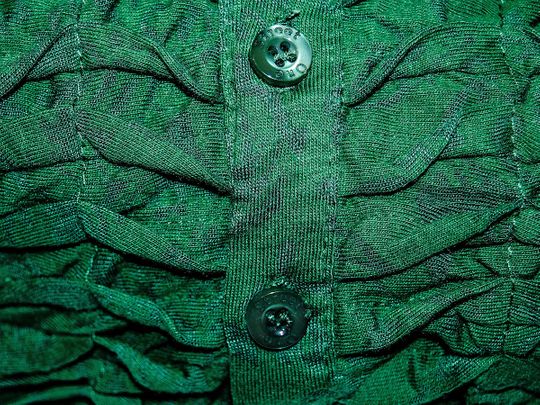
From the clothes on our backs to the latest fashion on the catwalk, it all starts with a needle and thread.
Click start to play today’s sewing-related Word Search.
Sewing is the earliest form of textile art. It was practiced in the Stone Age, around 17500 BC, even before weaving was invented. People used ‘threads’ made from various animal body parts, like sinew and veins, while needles were made from ivory and bone.
Today, the process has evolved into both an art and a science, as civilisations developed unique ways to make their preferred style of garments. The rich fabrics of India, the silks of China, the batik of Indonesia, the wax prints of Uganda – the list goes on, with every culture creating its own specialised textiles and fashion traditions.
As time passed, several quirky things happened along the way to change fashion forever.
Did you know that buttons on sleeves were French emperor Napoleon Bonaparte’s idea? Legend has it that he did not want his soldiers to wipe their noses on their sleeves so he directed his uniform makers to sew buttons on the ends! Chic, right?
Here’s another interesting fact about buttons: You may find women’s buttons are often sewn on the left side of the garment, while men’s are on the right. The reason for this is that when they were first made, buttons were very expensive and only wealthy women with servants could afford them. Remember, this was during the Victorian era, when women's clothing involved corsets, petticoats and bustles - items they needed a little help with. So, to make it easier for the house-help to button them up, buttons were placed on the left side. Although the corsets disappeared over the years, women today are still stuck with buttons on the left!
Zippers were invented in 1893 – over a hundred years ago. However, they were used only on shoes and boots, so that people could slip them on faster. Inventors in the mid-19th century then realised it would be a functional asset on clothes, too, and added it to fabrics.
Head over to the daily Word Search and play today’s sewing inspired puzzle. Let us know if you enjoyed it at games@gulfnews.com.









